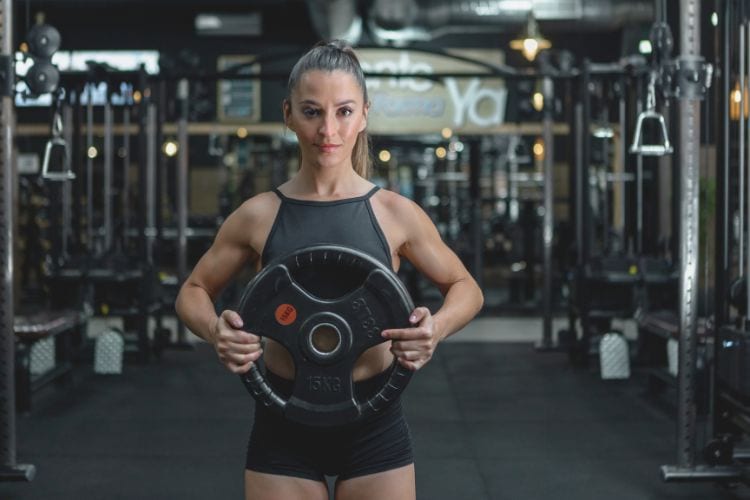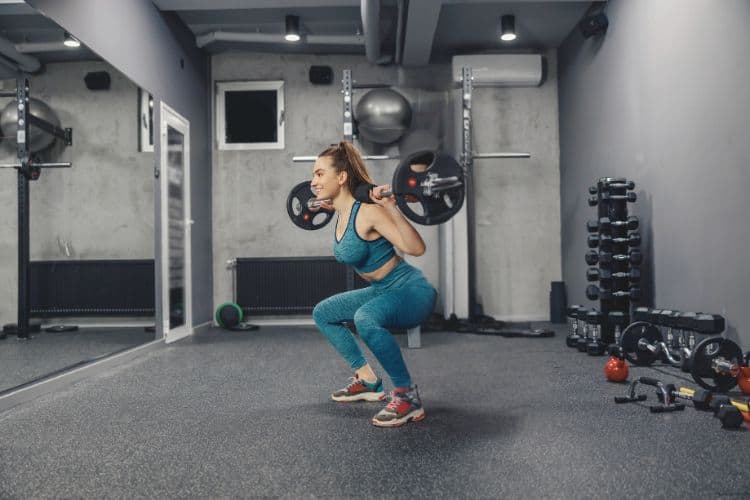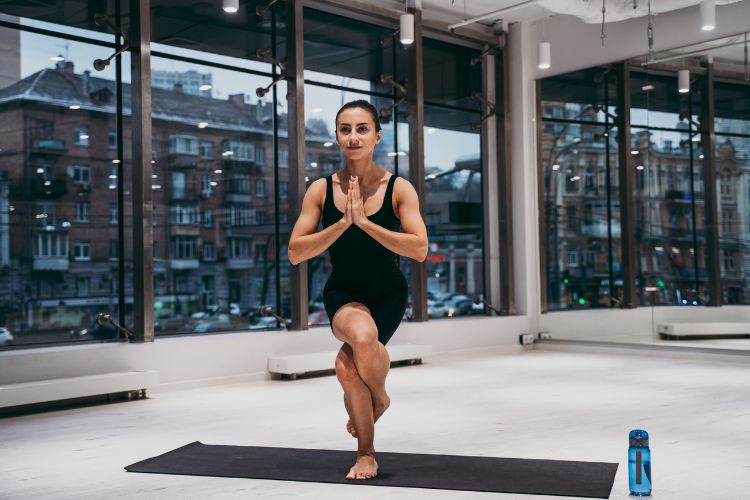Sign up for workout ideas, training advice, reviews of the latest gear and more.






In today’s fast-paced world, finding time for self-care can be challenging. But with 20-minute yoga workouts, you can experience powerful physical, mental, and emotional benefits without needing to dedicate hours each day. Whether you’re a beginner looking for stress relief or an experienced yogi wanting a quick reset, these short sessions can be a game-changer. This blog post explores the benefits of 20-minute yoga workouts, provides tips for structuring your practice, and shares sample routines you can follow from home.
One of the greatest benefits of 20-minute yoga sessions is how easily they fit into a busy schedule. Unlike longer sessions that require dedicated planning, short workouts can be done during lunch breaks, early mornings, or in the evening before bed. You don’t even need to leave your home—just roll out a mat in your living room and you’re ready to go.
If you’re just starting your yoga journey, 20-minute sessions are a gentle way to ease into the practice. They allow you to focus on foundational poses, proper alignment, and mindful breathing without feeling overwhelmed. Over time, consistency in short workouts can build a strong base for more advanced practices.
Despite being brief, 20-minute yoga workouts can still help improve flexibility, core strength, and overall muscle tone. By selecting the right sequence of poses, you can target different muscle groups while also enhancing mobility and posture.
Yoga is not just a physical workout—it’s also a mental reset. Even short sessions can reduce cortisol levels, increase serotonin, and improve your mood. A 20-minute yoga flow with deep breathing and mindful transitions can relieve tension and leave you feeling calm and refreshed.
To make the most of your short session, it’s important to design your yoga practice with intention. Here’s how to structure an effective 20-minute yoga workout:
Begin your session seated or lying down. Close your eyes, and take a few deep breaths in through the nose and out through the mouth. This helps calm the mind and prepares the body for movement. You can also set an intention for your practice—something like “I am strong,” “I am calm,” or “I am grounded.”
Move through gentle warm-ups like cat-cow stretches, seated side bends, shoulder rolls, or spinal twists to loosen up the joints and awaken the muscles. This prepares your body for deeper postures and prevents injury.
Sun Salutations (Surya Namaskar) are an excellent way to build heat in the body and increase circulation. Complete 3–4 rounds, flowing with your breath through poses like Mountain Pose, Forward Fold, Plank, Cobra, and Downward Dog.
Choose poses that challenge your strength and flexibility. Examples include:
You can hold each pose for 3–5 breaths or move dynamically between them for a vinyasa-style workout.
Finish your session with hip openers like Pigeon Pose or Butterfly Pose, spinal twists, and a gentle Forward Fold to release tension. This helps calm the nervous system and aids in muscle recovery.
Lie back in Savasana (Corpse Pose), letting your arms relax and legs drop open. Focus on your breath and let your body absorb the benefits of your practice. This is your moment of stillness and reflection.
If you’re new to yoga, try this gentle and accessible routine:
This flow introduces you to key postures while focusing on breath awareness and mindful transitions.
If you want something more intense, this quick power yoga session targets strength and muscle tone:
This energizing workout builds full-body strength and activates the core, legs, and shoulders while still allowing space for breath control and recovery.
Looking for a calming routine? This gentle flow is perfect for winding down after a long day:
This restorative session reduces tension in the body and soothes the mind, ideal for stress and anxiety management.
Regular practice increases energy levels, improves circulation, and strengthens your respiratory system. Even a short 20-minute yoga routine can boost your vitality and mental focus for the day ahead.
While yoga is often seen as a gentle workout, it can support weight loss and maintenance through improved metabolism, muscle tone, and mindful eating. Power yoga styles, in particular, can burn calories and build lean muscle.
Evening yoga sessions help release physical tension and calm the mind, making it easier to fall asleep and stay asleep. Yoga reduces insomnia symptoms by lowering stress hormones and stimulating relaxation.
Practicing mindfulness and controlled breathing during yoga increases emotional awareness and helps manage anxiety, depression, and mood swings. It’s a holistic approach to well-being that goes beyond physical health.
Short yoga workouts gradually increase range of motion in your joints and muscles. Over time, this enhances functional mobility, improves posture, and prevents injuries in everyday life.
The real key to seeing results with 20-minute yoga workouts is consistency. Aim for at least 4–5 sessions per week to build strength, flexibility, and mindfulness over time.
Designate a quiet area at home for your practice. Use a good-quality yoga mat, optional props (like blocks or straps), and soothing elements like candles or calming music to make your experience enjoyable.
There are countless free and paid yoga resources available. Platforms like YouTube, Yoga with Adriene, and fitness apps offer guided 20-minute routines for every level, goal, and style preference.
Yoga is about tuning in—not pushing through pain. Modify poses as needed, use props for support, and skip anything that doesn’t feel right. Progress comes from patience and mindful effort.
A 20-minute yoga workout may seem short, but its impact is lasting. From enhancing physical strength to calming the mind, these quick sessions offer a balanced and effective way to stay healthy, happy, and centered. Whether you’re squeezing in yoga before work or winding down before bed, committing to just 20 minutes a day can lead to meaningful transformation over time.
Stay up to date on the latest women’s health, fitness and lifestyle trends and tips.